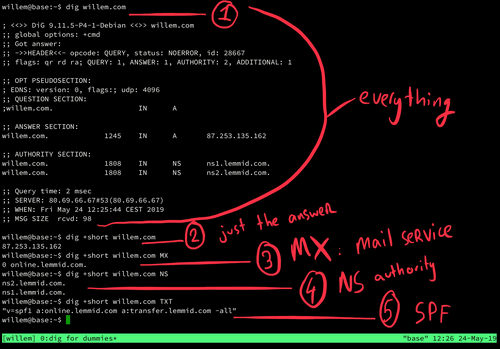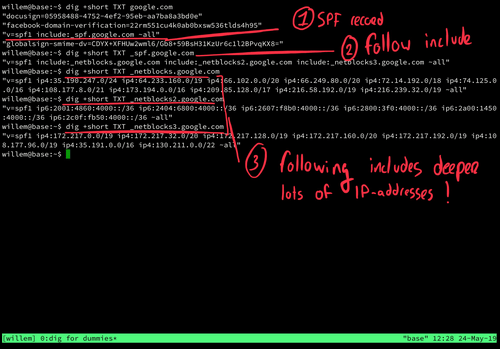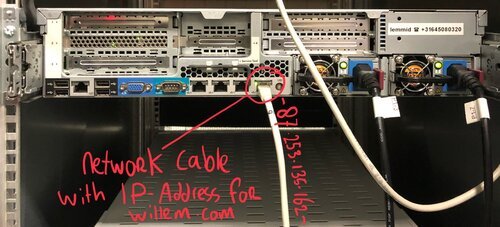Find the IP-addresses of a cloud service
Explaining an highly useful network tool
May 24, 2019 - Willem L. Middelkoop
When you're building websites, apps or email services you may run into domain names and their configurations. When everything is working as it should, most of this is invisible. But when troubleshooting a domain name configuration, it may be necessary to dig a little deeper... read along to learn how!
Continue reading







